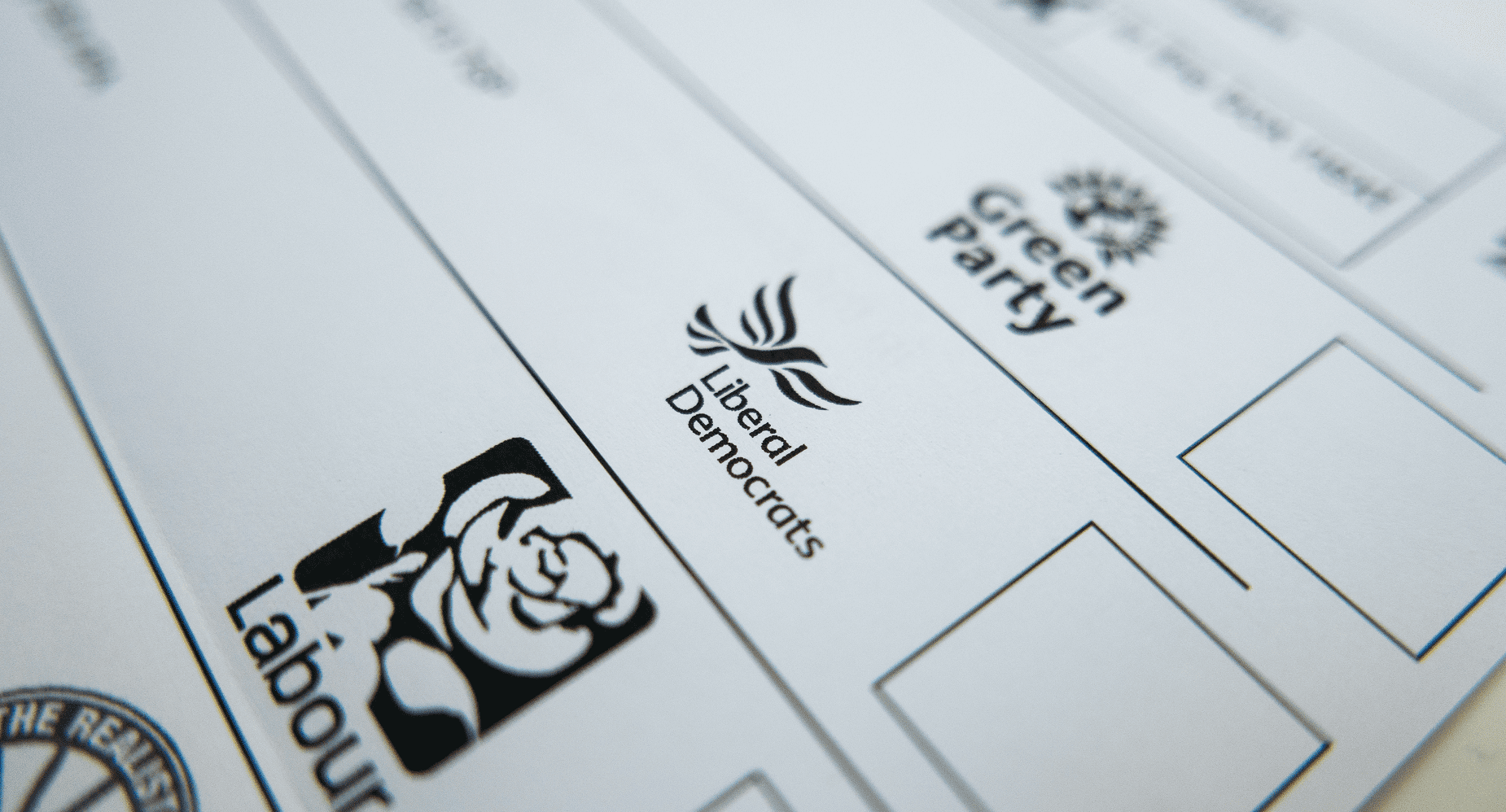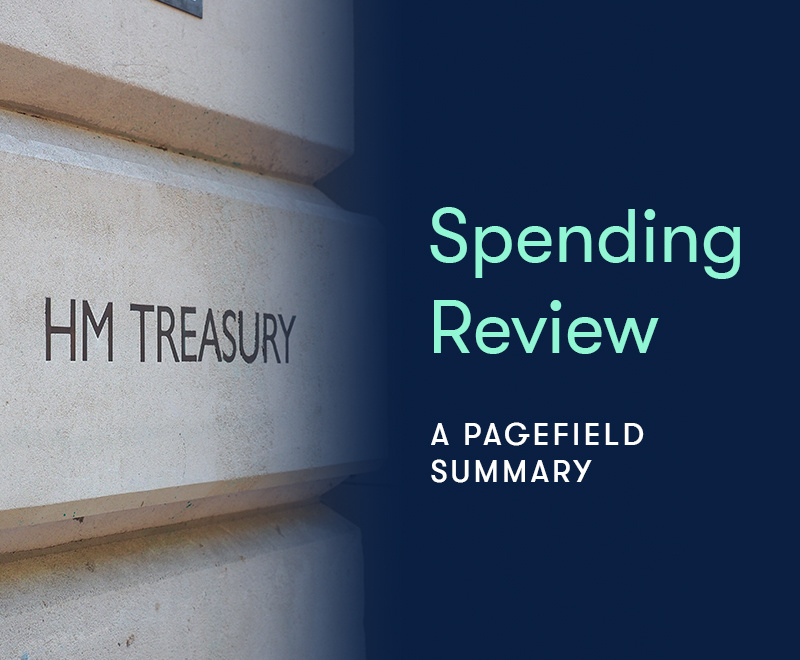As the country heads to the polls, Hamish Campbell-Shore considers how tactical voting could lead to an unlikely marriage between the opposition parties.
From Kensignton to Kirkcaldy, Warwick to Winchester, individuals up and down the country will make their short journeys to village halls, churches and parish schools today, following a General Election campaign that has been mired by controversial tactics. It is looking increasingly likely that Boris Johnson’s Conservatives will constitute the largest party come the return of the House of Commons. The sentence “I have always voted Labour but I just want to ‘Get Brexit done’” will both haunt the dreams of any Labour activist who has canvassed over the last six weeks, and be music to the Prime Minister’s ears.
Yet, you’d be mistaken for thinking that a mammoth majority for Boris Johnson is an inevitability. Much has been made of the elusive “tactical voting” strategy set to be used primarily by Labour and Liberal Democrat voters and for good reason too. The premise is simple: in constituencies held by Conservatives, self-identifying progressives in the form of Liberal Democrats, Greens, Scottish Nationalists and Labour Voters alike are being urged to vote for the party most likely to unseat the incumbent, regardless of their tribal allegiances. Similarly, in areas with progressive MPs, voters are being urged to ditch their loyalties and get fully behind the candidate of choice.
This isn’t a new concept either. The strategy can in part attribute itself to New Labour’s crushing landslide in 1997, leading to the infamous “Michael Portillo moment” when the former Defence Secretary was unceremoniously dethroned by a Liberal Democrat. Challenging Euroscepticism was the motivation behind the decision to tactically vote in Enfield Southgate then, and it is likely to be the impetus behind thousands who will pinch their nose and vote for the most likely to beat the Tories today.
But what effect will tactical voting have this time round? In the age of smartphones and online campaigning, tactical voting websites sponsored by Gina Miller and Best for Britain are at the fingertips of nearly every voter. And if it is really carried out en masse, there could be some serious casualties. In Esher and Walton, the Liberal Democrats appear to be gaining ground on Foreign Secretary Dominic Raab who will have been tossing and turning last night. The biggest potential scalp could come in West London though, as Boris Johnson defends the slimmest majority of a sitting Prime Minister since 1924. Ali Milani, the Iranian-born Labour candidate has been the subject of huge media attention throughout the campaign and could be the only person to unseat a Prime Minister if Liberal Democrats and others lend him their votes.
Pollsters suggest that tactical voting could be the difference between a significant Conservative majority and a hung parliament. However, whilst tactical voting was undoubtedly successful in 1997, it faces a monumental challenge in the shape of Jeremy Corbyn this time round. Propped up by “Cool Britannia” and a centrist mantra, Tony Blair was an easy leader for non-Labourites to lend their vote to. Contrastingly, Corbyn is a much more divisive figure amongst the electorate – with even the shadow health secretary sharing that voters “can’t stand Corbyn” – and with such low approval ratings, will this be one step too far for many voters?
The one thing that may be in the favour of Corbyn et al today though is the strong aversion that many in this country have towards the current Government. In 1997, whilst Major was reeling from the consequences of Black Wednesday, the sentiment towards his Government was nowhere near as vitriolic as we see presently. Ultimately, how much of an affect tactical voting has on this election will come down to whether opposition parties are willing to stomach Corbyn in Downing Street in order to prevent Brexit.



